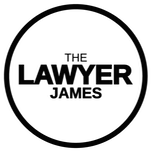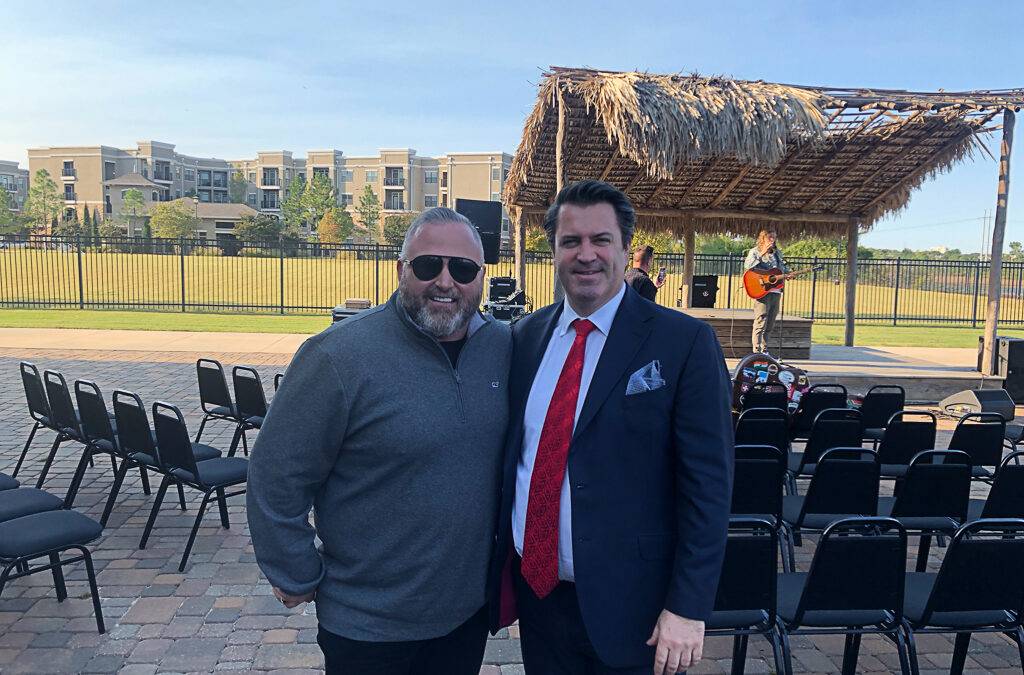Dynamite dynamite dynamite. This is the lawyer, James, the dynamite audio program. It is the absolute best audio content by New York Business Attorney in both transactional and litigation practice areas. And it is helpful for all industries. Now here’s today’s episode. One more thing. Before we get started, you can reach me online by visiting my website, the lawyer james.com. The lawyer james.com. The lawyer james.com. You can call me at (212) 500-1891. That’s the office (212) 500-1891 (212) 500-1891. You can contact me by email at James at the lawyer. james.com. James at the lawyer, james.com. james@thelawyerjames.com or by text message at (917) 783-3153. Text message (917) 783-3153 that’s (917) 783-3153.
In this episode on talking about the complaint with a New York Business Attorney, revisited the complaint revisited, you know, as you may recall, a plaintiff to commence the case, files a complaint with the court and then serves the court, excuse me, then serves the complaint on the defendant. Now the complainant, the reason why I wanted to go over it again, and as to get into a little bit more detail about the different types of relief that the complainant can request specifically, the types of claims that a plaintiff can assert in a complaint, the, the claim or the sample claim that we started out with in the first podcast about the anatomy of a lawsuit was a breach of contract plan. And we kind of carried that theme throughout. I wanted to get into a little bit more detail about the other types of claims, specifically business claims, a plaintiff can assert against the defendant.
Now there’s two different types of plans. As you may recall, two different sort of strains or variety one, or, you know, there’s more, but I want to talk about two. Now, one of them, or the first is contract-based claims. And a contract based claim is where you have a writing that describes the relationship between the parties. And then on the other end of the spectrum, there are non contract based claims and these are called equitable claims or tort claims where there is no contract, but based on principles of equity, there is still recourse for an aggrieved party. And, you know, an aggrieved party is a fancy way of saying a party that’s been harmed. And as we went over in the first episode, the aggrieved party or the harm party in this instance is the plaintiff. And that’s the party that commences and file the lawsuit.
You know, nothing has ever really simple or straightforward in the law New York Business Attorney. There are always exceptions and modifications and nuances and things like that, but I’m trying to boil it down to the simplest, uh, understanding possible. And so to now muddle that up a little bit, or muck that up a little bit. I wanted to also just mention that defendants can also be harmed. And, you know, as I mentioned earlier, defendants can assert counterclaim against the plaintiff to the extent that the defendant has been harmed and has the claim. And once has the counterclaim at last to recover it against the plaintiff. A lot of times, you know, if there is this type of reciprocal claims against each other, sometimes the parties are like, you know what, I’m just not going to Sue. There’s just too much to deal with. And plus, and you know that my claim has some hair on it, meaning that it’s not going to be perfect.
They just don’t, uh, pursue it and walk away New York Business Attorney. But then, you know, if the other party doesn’t have the same mentality and wants to ramp things up, then it becomes a, you know, a chest pounding exercise. And there are claims that are being swung back and forth and alleged the back and forth again, uh, between the parties. So the, there are contract based plans, like I mentioned, and there are equitable based claims or tort based claims at the other end of the spectrum. And believe it or not, there is a middle and there’s a codified, um, codified claims and codified claims is a fancy way of saying there is a code that exists out there that addresses these types of situations, where there isn’t a writing between a party. And it’s just not based on case law, the legislature instead jumped in and made a set of rules that would apply to these critical situations because these issues kept coming up.
And that is in the uniform commercial code, for instance, for, and that applies when there is a sale of goods. So there’s a, it’s a very, very detailed set of, uh, articles that, or laws that address what happens when, when there is no contract for the sale of goods, they talked about the right to inspect and then the right to refuse. And then what happens if it isn’t refused within a certain period of time or what if the goods were non-conforming and then they were accepted and they were rejected and it deals with all of that stuff. Uh, in the context of a sale of goods, UCC applies to the sales of goods. Now, what I wanted to talk about was the different types of claims, just in a very broad sense that can be asserted in the business context, in a complaint via plaintiff against the defendant.
And these can also be asserted by a defendant against the plaintiff as counterclaims. So we have a breach of contract that we discussed before. We have fraud claims that there’s two types of fraud claims. One of them is fraud. In fact, and the next is fraud in the inducement, meaning you told all these lies and told all these, made all these promises and did all these crazy things that were misrepresentations that the other party relied upon in entering into the contract. Now, as I said, in earlier episode, there are instances where the fraud claim gets dismissed as duplicative of the breach of contract claim, but there are also exceptions to that as well. And that is a very, very sort of in depth review of what everything is like. And for the purposes of this general overview of the anatomy of a lawsuit, not going to get into it, but feel free to call me to discuss it.
(212) 500-1891 (212) 500-1891, or email me James at the lawyer, james.com James at the lawyer, james.com New York Business Attorney. Now. So there’s fraud in the inducement and then fraud in fact is just basically that you’ve made or misrepresented or that the defendant made a misrepresentation. It was a material misrepresentation that, uh, the plaintiff reasonably relied upon and then caused damages there. As I mentioned in earlier episode, there are elements that the plaintiff has to allege in order to allege a fraud claim. And, and so, you know, don’t take what just said as an exhaustive list of the elements. We need to confirm that, um, before filing any type of a complaint, if we’re alleging a fraud claim, now it’s very important to note when alleging a fraud claim, the rules, at least in New York Business Attorney require that the claim be pled with particularity. And this means that what was said, who said it, when did they say it? How did they say it?
Did they say it be very, very specific? So for instance, it will be on June 3rd, John Smith said to Pat Smith by email or first by phone, and then by email at 3:03 PM that yes, the there’s a disability. Let’s say it’s the, um, the, the performance of, uh, a service, yes, we’ve represented and done this service already for 15 major it companies, including IBM. And that was a lie. Well, then we have the foundation for a fraud claim, but the point here is that it has to be pled with particularity. There are other claims as well, that are based in torch or an equity. And those are conversion. Like if you took something and you misappropriated it for your own use, that’s called conversion, there’s unjust enrichment, which means that you did work, let’s say perform services for the plaintiff did work or perform services for the defendant and added value to the defendant, but the defendant didn’t pay for it.
And it was done with consent. You know, it’s not just like somebody came and swept somebody’s door staff and then said, pay me. That’s not what I’m just wanting to neutropenia is in some sort of prior relationship between the parties and, uh, that, that, that’s, that’s another thing. And there are others, but I just wanted to take a little bit more of a deeper dive into the complaint and talk, talk to you about what other, you know, business claims exist. There’s also tortious interference with contract tortious interference, with economic advantage. And, um, we can get into those of you. Call me or email me and James at the word, James, and it will, uh, wrap it up. Now,
Reach me online by visiting my website, the lawyer james.com, the lawyer james.com. The lawyer james.com. You can call me at (212) 500-1891. That’s the office (212) 500-1891 (212) 500-1891. You can contact me by email at James at the lawyer, james.com. James at the lawyer, james.com. James at the lawyer, james.com or by text message at (917) 783-3153. Text message (917) 783-3153 that’s (917) 783-3153.

